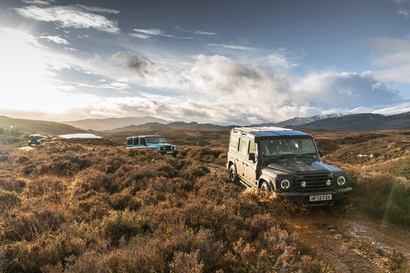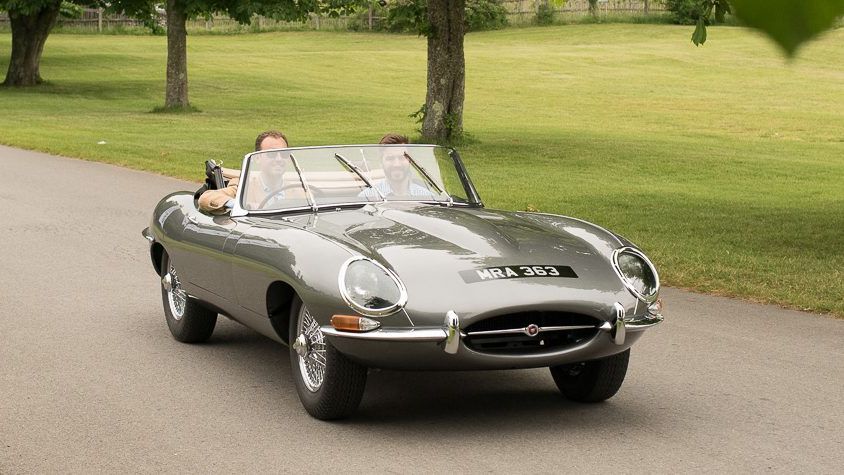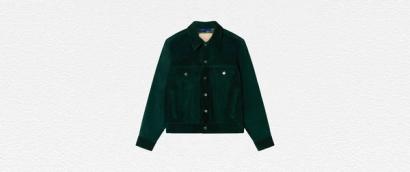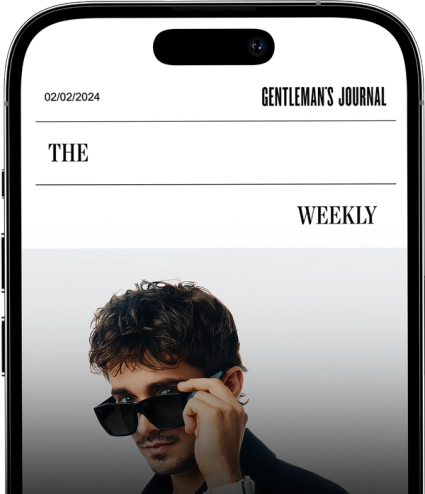

Words: Rory FH Smith
When we think of British motoring icons, you can guarantee one name will always crop up: the Jaguar E-Type.
Its stunning, slender lines were first drawn by designer Malcolm Sayer in the early 1960s, under the careful direction and guidance of Sir William Lyons – Jaguar’s founding father. At its debut at the Geneva motor show in 1961, interest in the car was so high that Jaguar test driver Norman Dewis had to drive another car through the night from the main factory in Coventry to Switzerland.
The car was, and is viewed to this day as, a sensational success.
Praised for both its superior performance and practicality, the E-Type’s 3.8-litre 6-cylinder engine produced 265bhp and could transport two people, in comfort, up to 150mph.
With the ability to race from 0-60mph in 6.9 seconds, the E-Type also matched the performance of 007’s ride of choice – the Aston Martin DB5 – but for half the cost. Priced at £1,830 for the Roadster and £1,954 for the Coupe in 1961 (equivalent to £40,000 today), the car was almost half the price of an Aston Martin and three times cheaper than a Ferrari. As such, the E-Type represented staggeringly good value for money at the time of its launch.
And, for decades, motoring writers have waxed lyrical about the iconic car’s sensuous shape and sonorous six-cylinder engine. But, in a time of power steering, increased ride comfort and electrical gadgetry, what does it actually feel like behind the wheel of a Series I E-Type?
To be bluntly honest – and contrary to the way it looks – it’s not exactly smooth. Sorry gents. The early 3.8-litre models, such as the one I’m driving, were fitted with a Moss non-synchromesh gearbox, which means that getting out of first gear is a wrenching and wretched experience. You’ll encounter your fair share of crashing and grinding and scraping if you don’t get it quite right, so if you’re planning a cool getaway, swift party exit or pre-wedding dash, ensure you’ve logged some practice time.
Gearbox aside, it’s bloody brilliant. The dainty, waxed wooden steering wheel is a delight to hold – especially when compared to today’s chunky, plastic equivalents, heavy and cluttered with buttons. It’s simplicity shows that, despite the cautionary adage, we really have tried to reinvent the wheel in recent years, and that no power assistance and basic engineering is really as good as it gets.
On the straights, switch down a gear and press your right foot to the floor and you will be justly rewarded with a peppy unadulterated burble. Rising progressively from the engine in front of you, the transmission below and the exhaust behind, it is – quite possibly – one of the most seductive sounds in motoring history.
The Jaguar E-Type is quintessentially British. Imagine a Morris Dancer queuing for a cream tea at a village fate – and you still won’t be anywhere near the contribution this classic car has had on our culture. And, not to bad mouth Morris Dancers, but the E-Type is a lot more attractive, too.
Accelerating down the tree-lined back roads with the occasional glimpse of the South Downs flashing between the hedgerows is a surreal experience. Feeling more British than I have in years, it is easy to see how so many men of all ages have hankered after the E-Type. A legend, an icon and a true design classic, the E-Type is surely one of the best cars ever made.
And, just in case you needed some empirical evidence to back up that assertion, a chap named Enzo Ferrari happened to say it was the most beautiful car ever produced. But then again, what does he know…
Our Jaguar E-Type drive formed part of the Hope Classic Car Rally 2016, organised by the charity We See Hope. Click here for more details.


